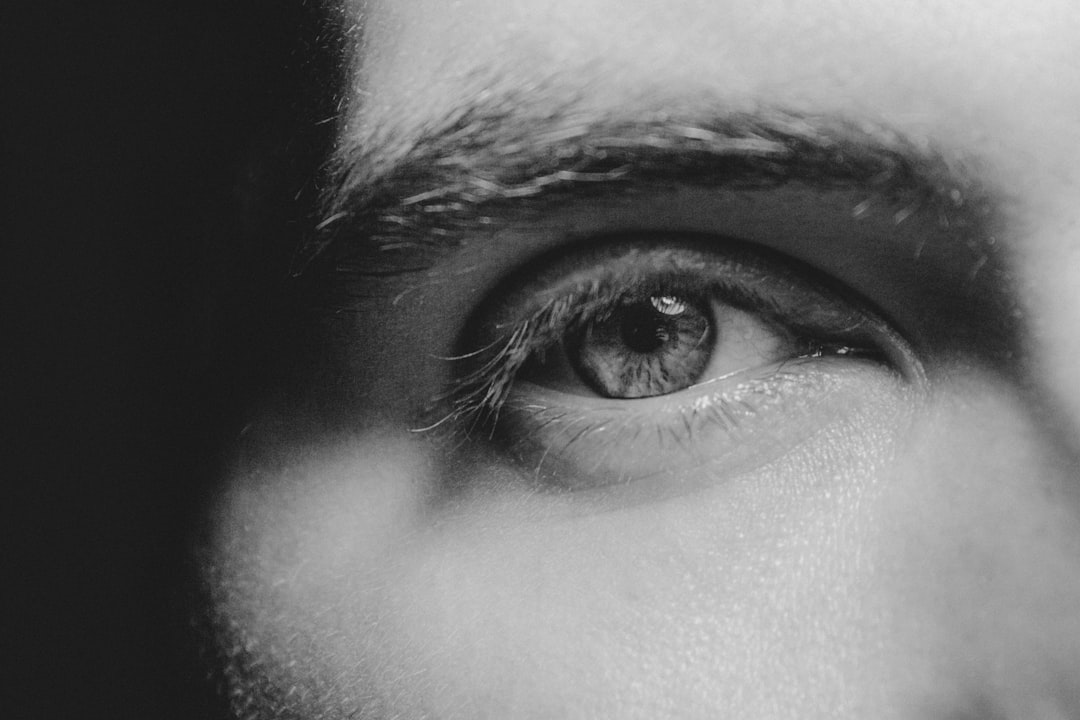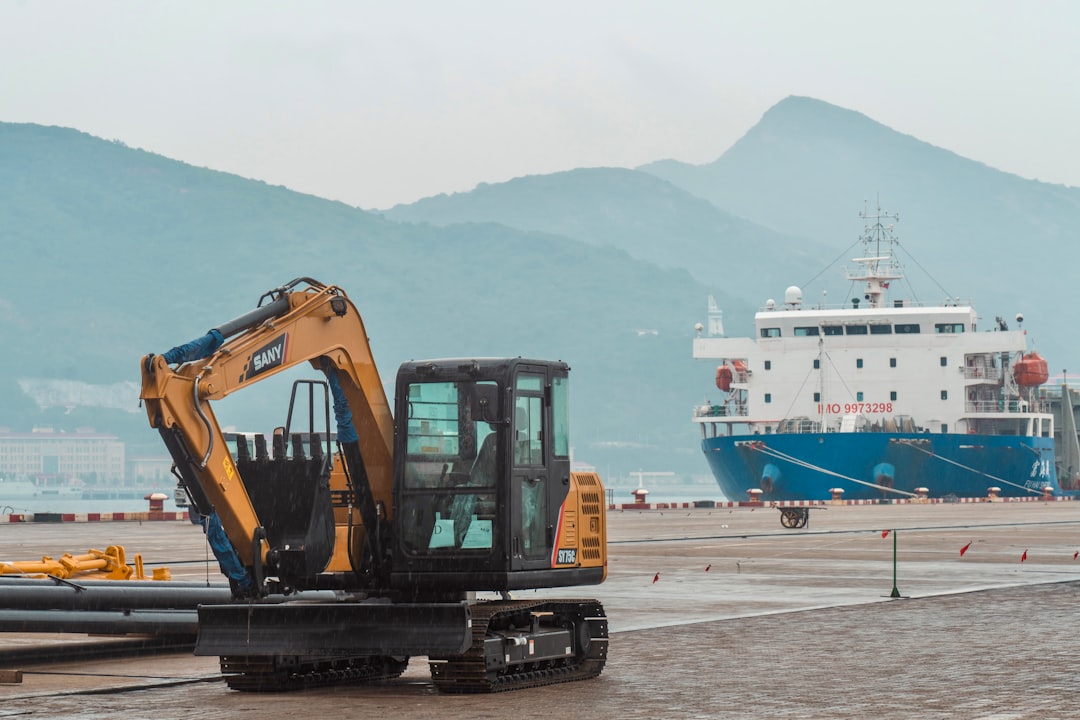This AI Brain is Giving X-Rays Superhuman Vision, and It's Changing Everything

The End of Grainy Images
For decades, a critical problem has plagued industries that rely on X-ray technology: noise. Whether inspecting a food product for a dangerous contaminant or examining a critical machine part for a microscopic flaw, the grainy, static-like interference in X-ray images has been a persistent barrier. This visual 'fog' can obscure the very defects inspectors are trying to find, compromising safety and quality.
But what if you could give an X-ray machine the ability to see through that fog with perfect clarity? That's no longer science fiction. In a stunning leap forward, engineering firm Hamamatsu Photonics has unveiled a groundbreaking de-noising technology that is set to completely revolutionize the world of digital inspection.
Teaching a Machine to See
The secret weapon behind this breakthrough is deep learning, a powerful form of artificial intelligence (AI) designed to mimic the learning process of the human brain. At the heart of this technology are 'artificial neural networks,' intricate computational systems inspired by the biological wiring of our own minds. Hamamatsu has harnessed this power to teach a computer how to distinguish between unwanted image noise and a genuine defect.
Unlike traditional filters, this AI doesn't just apply a simple effect. It uses a complex, multi-layered approach. The initial X-ray image is fed into the first layer of the neural network, which performs a preliminary analysis. It then passes its refined findings to the next layer, which processes the information further, and so on. Through this cascading process, the AI autonomously learns to identify and isolate the tell-tale signatures of noise, effectively erasing it from the image while preserving the crucial details underneath.
The Simulation Game-Changer
What truly sets Hamamatsu's solution apart is its ingenious training method. They have paired their powerful deep learning algorithms with a novel X-ray simulation technique. This allows them to generate a near-infinite amount of training data, exposing the AI to countless scenarios and noise patterns far beyond what could be collected in the real world. This exhaustive training makes the system incredibly robust and adaptable.
The impact is staggering. From the food production line to non-destructive testing labs, this technology promises a new era of unprecedented accuracy. It means safer products on our shelves and more reliable components in our infrastructure, all thanks to an AI that has finally taught X-rays how to see perfectly.



